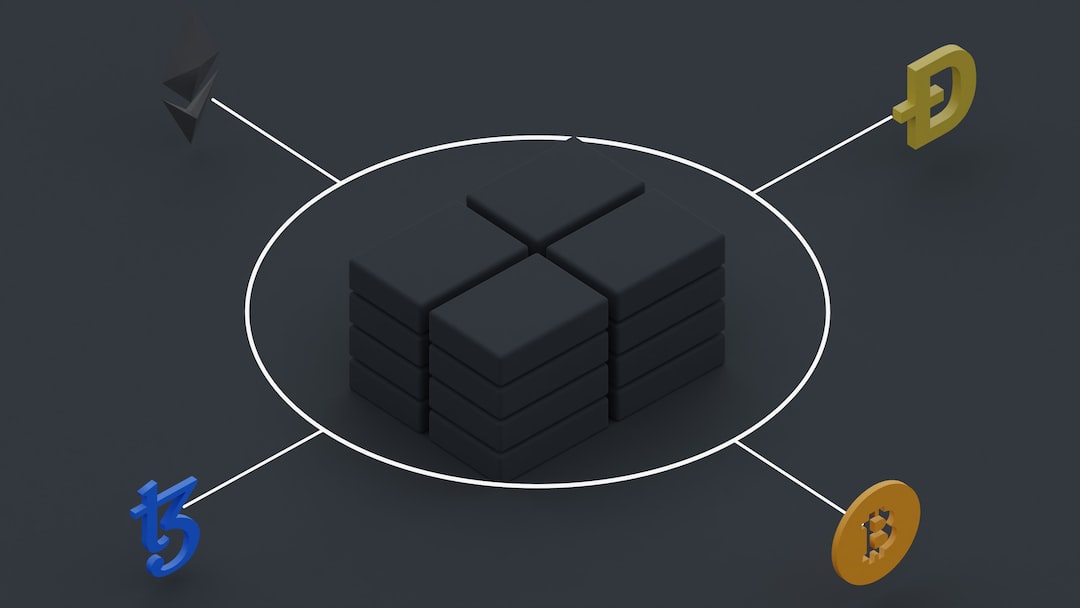The Evolution of Ethereum Staking: Coinbase Cloud Lowers the Threshold
In an unprecedented move, Coinbase Cloud has announced a reduction in the staking threshold, shaking up the traditional requirements for Ethereum staking. This decision aims to make staking more accessible and inclusive for a wider audience. Previously, Ethereum 2.0 mandated a minimum of 32 ETH for validators to secure the network, which posed a barrier for retail investors and enthusiasts. However, Coinbase Cloud’s new APIs, in partnership with Kiln, enable native ETH staking without minimum stake requirements. This opens up staking opportunities to the majority of ETH wallet holders who hold less than 32 ETH. While lowering the staking requirement has its advantages in terms of accessibility, increased participation, and diversification, there are concerns about security risks, network congestion, and reduced rewards for larger stakeholders.
Pros of Lowering the Staking Requirement
- Accessibility: By reducing the staking threshold, Coinbase Cloud makes Ethereum staking accessible to a wider audience, democratizing access to staking benefits.
- Increased Participation: Lowering the threshold encourages more users to join the staking network, leading to a more decentralized and secure Ethereum network.
- Diversification: Retail investors can allocate smaller amounts to Ethereum staking, allowing for greater diversification and risk management.
- Liquid Capital: Users can maintain more liquid capital as they are not required to lock up a substantial amount in a single staking endeavor, providing flexibility in managing financial resources.
Cons of Lowering the Staking Requirement
- Risk of Sybil Attacks: Lowering the staking requirement may increase the risk of Sybil attacks, but Ethereum 2.0 has mechanisms to mitigate this risk.
- Network Congestion: An influx of smaller validators could lead to network congestion, but proper network management can mitigate this.
- Reduced Rewards for Large Stakers: Larger stakers might see reduced staking rewards due to increased competition, potentially discouraging their participation.
- Security Concerns: Critics argue that smaller validators may compromise the network’s security, but Ethereum’s PoS mechanism ensures validators meet certain criteria.
Conclusion
Coinbase Cloud’s decision to lower the Ethereum staking requirement is a significant development, allowing for broader participation. While there are concerns about security risks and network congestion, effective management and ongoing security measures can address these challenges. The evolving cryptocurrency landscape requires adaptability for continued growth and success, and only time will tell if this move leads to a more inclusive and decentralized Ethereum network.
Hot Take: Coinbase Cloud’s Bold Move to Lower Ethereum Staking Threshold
Coinbase Cloud’s decision to lower the staking threshold for Ethereum is a game-changer in the world of cryptocurrency. By making staking more accessible, Coinbase Cloud aims to democratize the benefits of staking and increase participation in the Ethereum network. While there are valid concerns about security risks and network congestion, these challenges can be mitigated through proper management and ongoing security measures. This move highlights the ever-evolving nature of the crypto industry and the importance of adaptability. Only time will reveal the long-term impact of this decision, but it serves as a reminder that innovation and inclusivity are crucial for the growth and success of cryptocurrencies.





 By
By
 By
By
 By
By


 By
By